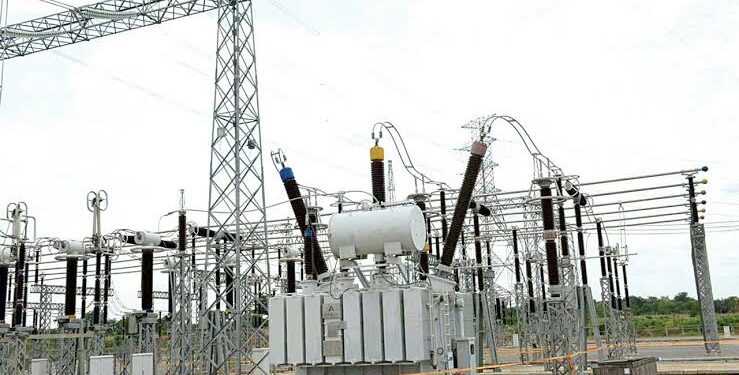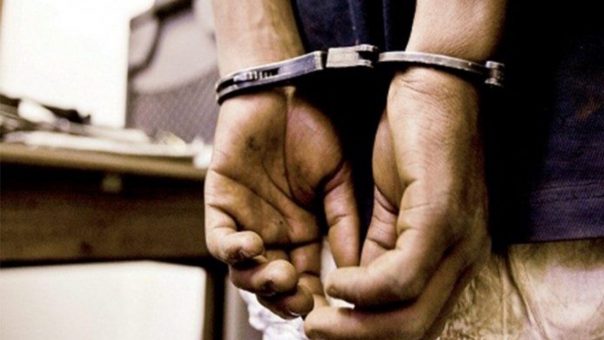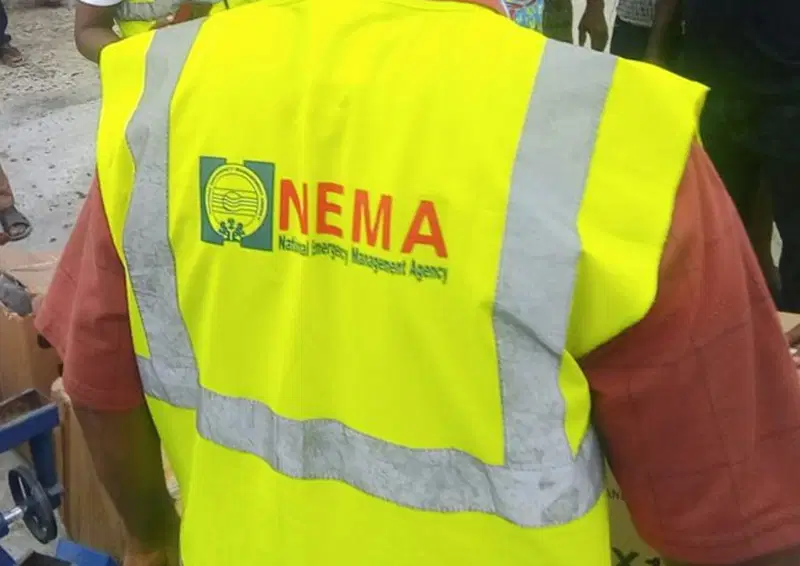Nigeria’s electricity tariffs are expected to rise in the coming months as the government transitions to a cost-efficient, cost-reflective pricing model. The Special Adviser to the President on Energy, Olu Verheijen, emphasized the need for higher tariffs to ensure the sustainability of the power sector, while maintaining subsidies to protect low-income consumers.
Key Points:
- Tariff Increase: The Nigerian Electricity Regulatory Commission (NERC) has already increased tariffs for some customers, with ‘Band A’ customers seeing a 240% hike to N225 per kilowatt-hour (kWh).¹
- Cost-Reflective Tariffs: The government aims to transition to a cost-reflective pricing model, which would increase tariffs to reflect the actual cost of power supply.
- Subsidies: Subsidies would be maintained to protect low-income consumers, with the government currently providing significant subsidies to cushion the impact of tariff increases.
- Investment in the Power Sector: Nigeria’s power sector requires substantial investment to meet its development targets, with a $32 billion plan aimed at improving electricity access and reliability by 2030.
Source: Nairametrics




